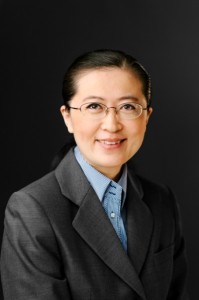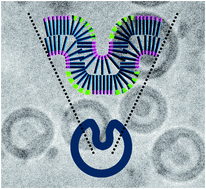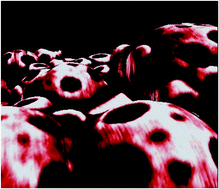 We are very pleased to announce a new addition to the Polymer Chemistry Editorial Board: Professor Bin Liu will join the team as an Associate Editor from the beginning of February 2014.
We are very pleased to announce a new addition to the Polymer Chemistry Editorial Board: Professor Bin Liu will join the team as an Associate Editor from the beginning of February 2014.
Bin Liu received a B.S. degree from Nanjing University and a Ph.D. from the National University of Singapore (NUS) before her postdoctoral training at the University of California at Santa Barbara. She joined the Chemical and Biomolecular Engineering Department of NUS in 2005. She was promoted to associate Professor in 2010 and was named as Dean’s Chair Professor in 2014. She has received several awards, including the National Science and Technology Young Scientist Award 2008 and L’Oreal Woman in Science National Fellowship 2011. Her current research focuses on conjugated polymers and organic nanoparticles for sensing, imaging, therapy and optoelectronic device applications.
Bin Liu’s recent papers include:
A water-soluble conjugated polymer brush with multihydroxy dendritic side chains
Li Zhou, Junlong Geng, Guan Wang, Jie Liu and Bin Liu
Polym. Chem., 2013, 4, 5243-5251 DOI: 10.1039/C3PY21080D
Bright far-red/near-infrared fluorescent conjugated polymer nanoparticles for targeted imaging of HER2-positive cancer cells
Jie Liu, Guangxue Feng, Dan Ding and Bin Liu
Polym. Chem., 2013, 4, 4326-4334 DOI: 10.1039/C3PY00605K
Single molecular hyperbranched nanoprobes for fluorescence and magnetic resonance dual modal imaging
Jie Liu, Kai Li, Junlong Geng, Li Zhou, Prashant Chandrasekharan, Chang-Tong Yang and Bin Liu
Polym. Chem., 2013, 4, 1517-1524 DOI: 10.1039/C2PY20837G
To keep up-to-date with all the latest research, sign-up to our RSS feed or Table of contents alert.














